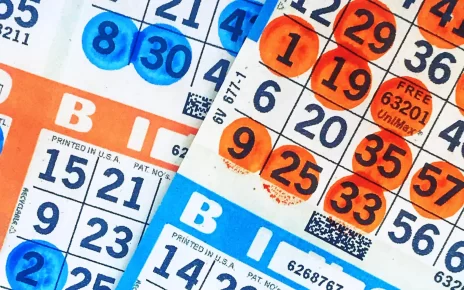Slot machines draw players in with their bright lights and loud sounds, designed to make players feel as though they are winning big while encouraging risky behavior.
Researchers from the University of British Columbia discovered that problem gamblers become more immersed in their slots sessions than non-problem gamblers and missed shapes changing on side panels more frequently. These results support PRP and force measures of reward reactivity as reliable measurements of reward reactivity which account for much of positive affect variance variance.
Themes
Although most gamblers enjoy slot machines for fun, others can become addicted or experience relationship and professional issues as a result of gambling – problems which can have lasting repercussions in both areas of life.
Slot machines traditionally function on a win or loss model; modern versions provide multiple paylines that blur this distinction, creating a sense of gratification even when no win occurs, keeping players playing longer than otherwise would be the case; this strategy is known as “losses disguised as wins” (LDWs).
Slot gaming’s fast-paced nature may cause players to forget the world around them, with research conducted at the University of British Columbia showing that problem gamblers become more immersed during slots sessions. This mirrors psychologist Mihaly Csikszentmihalyi’s concept of flow – when enjoyment and desire combined to produce an intoxicating trance-like state that makes time pass quickly by.
Reels
Researchers from the University of British Columbia discovered that players at risk for problem gambling are more drawn into slot machine play when at-risk of developing problem gambling issues, often missing shapes changing on side panels more frequently than those without gambling issues. Their results suggested that slot’s fast-paced nature plays a large part in its appeal.
Experimental studies involved participants repeatedly choosing between safer and riskier simulated slot machines that paid different amounts depending on what symbols lined up. Pairing neutral sounds with payouts did not influence choice decisions as much, while casino-related audiovisual cues increased payout memory.
These results demonstrate that visual and auditory feedback provided by slot machines may possess conditionally reinforcing properties, encouraging further play. They support Skinner’s account of near misses as a method casinos employ to take advantage of patrons.
Symbols
Slots rely on the principles of flow, an experience described by psychologist Mihaly Csikszentmihaly as being completely immersed in an activity for its own sake. When people play slot machines, this sensation often arises. Time slows down; focus turns towards the game; surroundings become unimportant.
While many gamble as harmless entertainment, a small subset of people develop problems associated with gambling that include debt accumulation, relationship turmoil and professional setbacks. Dixon et al. found that mindfulness issues outside the gambling context predicted an increased chance of experiencing dark flow during slots sessions as well as correlations between PRP measures of reward reactivity and force measures correlated with positive affect during slots play.
Bonus rounds
Online slot designers use psychology to craft engaging and addictive slot games that keep players coming back for more. They employ psychological principles like reinforcement and cognitive dissonance to encourage player behavior and decision-making as well as create an atmosphere of excitement and unpredictability in their games.
Researchers have discovered that people are more likely to press a button again if there’s the possibility of winning, even when they know on average they will lose more often than win. This may be because pressing the button releases dopamine – an endorphin-like hormone responsible for rewarding us when pressing buttons.
Keep in mind, however, that the reward for pressing the button should not be seen as gambling; therefore, pay careful attention to how your game has been constructed.
Paylines
Paylines in slot machines refer to winning combinations of symbols that result in payouts, typically at three matching symbols placed horizontally. Original machines had one payline that paid out; today’s slots often boast multiple paylines ranging from horizontally aligned ones to trapezium-shaped paylines that offer winning opportunities.
Modern slot games rely on microprocessors to assign different probabilities to individual reel stops, enabling manufacturers to weight specific symbols for increased odds of a successful outcome. Unfortunately, this sometimes leads to false wins, when one stop adjacent to a specific symbol appears more often than anticipated; giving an illusion that someone has hit the jackpot when in reality their real win was much smaller – this can be particularly frustrating for newcomers!





